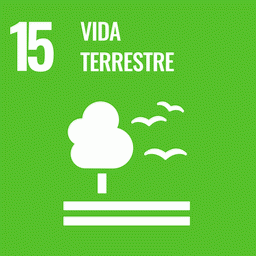Indigenous lands (ILs) in the Brazilian Amazon cover a significant portion of the region (27% of forest area) and are home to 173 ethnic groups. In addition to being critical for the physical and sociocultural survival of indigenous communities – 98% of Brazil’s area of demarcated ILs lies in the Amazon –, they are also key areas for the conservation of regional and global biodiversity.
Despite these obvious and touted benefits provided by indigenous territories to the Amazonian environment, their role in climate change mitigation and climate balance in the region is still underrecognized. Contributing to this recognition is therefore the primary purpose of this publication. We hope that the results outlined here can help protect indigenous territories and develop climate change adaptation strategies for indigenous peoples.

